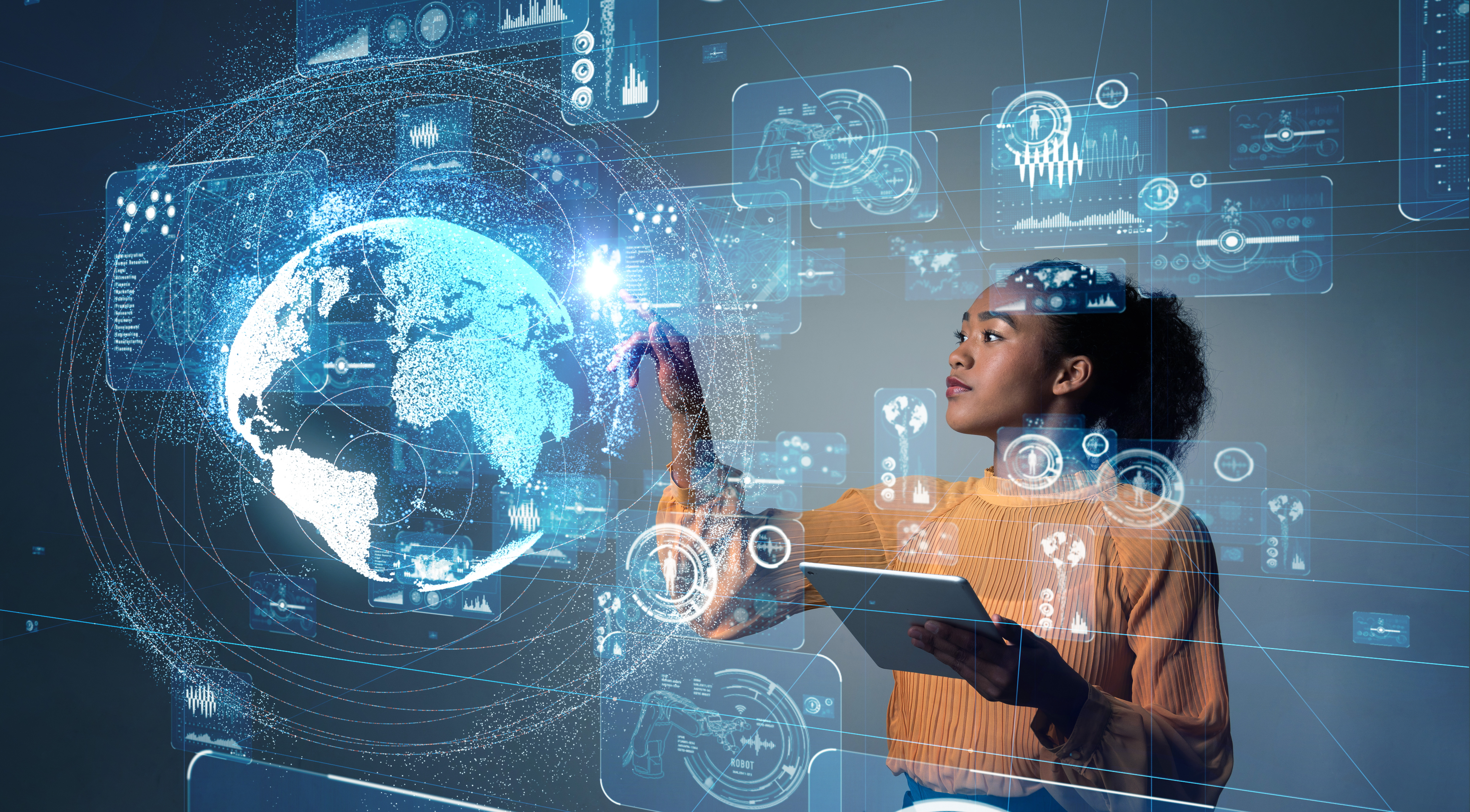Artificial Intelligence in Trading: Revolution or Risk?

In recent years, artificial intelligence (AI) has made significant waves in the world of trading. With advancements in machine learning and data analytics, AI has become a powerful tool for traders looking to enhance their market performance. But while AI presents incredible opportunities, it also comes with potential risks. Is it a revolutionary tool, or could it introduce new challenges?
AI’s greatest strength in trading is its ability to process vast amounts of data at a speed and accuracy far beyond human capability. This is particularly beneficial when it comes to Expert Advisors (EAs) — automated trading systems designed to execute trades based on pre-set rules. AI-powered EAs can not only analyze market trends but also adapt and optimize strategies in real-time. By leveraging machine learning, these systems can predict market movements more accurately, helping traders make better decisions.
However, the automation and data-driven nature of AI come with risks. One of the major concerns is overfitting — when an AI model is too closely trained on historical data, leading to poor performance in live markets. Additionally, reliance on AI might reduce the need for human oversight, which can be dangerous in volatile markets where sudden changes may require human intuition and judgment.
In conclusion, while AI offers groundbreaking potential in trading, traders should be cautious. The best approach is to combine AI’s data-processing power with human experience and intuition. EAs and AI can enhance a trader’s toolkit, but human oversight remains essential to ensure sustainable success in an unpredictable market.
AI in trading is not an all-in-one solution, but when used correctly, it can certainly be a powerful ally in navigating the complexities of the financial markets.
